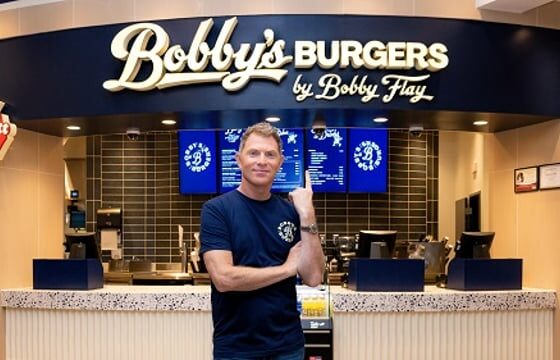
A lot has been said about communication breakdowns in hospitality. But the truth is, it’s rarely just about miscommunication. It’s about disconnection—from purpose, from process, from each other. And it shows up in the details: missed handoffs, shifts left uncovered, a new hire struggling alone on their first weekend shift.
In the push to optimize schedules and balance labor costs, collaboration has often taken a backseat. We assumed the tools we had—whiteboards, texts, sticky notes—were enough. But frontline complexity has outpaced those tools. And now we’re asking our teams to deliver exceptional service in an environment that doesn’t always support the way they work.
What We’ve Learned by Listening
When we talk to operators, they’re not asking for one more app or another dashboard. They want to close the gap between intention and execution. To know that when they assign a shift, it’s seen. That when a service task is logged, it’s picked up without delay. That when policies or expectations change, everyone gets the memo—and understands it.
They want visibility without noise. A system that works where they do—in the context of the day’s work, not outside of it. They want tech that respects their time, not adds to the pile of logins and platforms.
Moving from Friction to Flow
We built our Staff Collaboration framework not as a separate product, but as connective tissue. It’s meant to live inside the workflows teams already use—shift swaps, service tickets, training—so communication happens in context, not in silos. That context is key.
Because collaboration isn’t a “nice to have.” It’s what allows a housekeeper to flag a room issue to maintenance without logging into another system. It’s what lets a manager recognize a team member’s effort publicly, without pulling them into an office. It’s what keeps a distributed team aligned in the middle of a high-occupancy weekend.
Consider the impact of one feature: embedded messaging within a shift swap. Instead of walking down the hall or making a call, a team member can start a direct conversation with a colleague—about that shift, at that moment, with that context. Multiply that one change by dozens of daily interactions across a property, and the efficiency gains are real.
A New Way to Support Frontline Execution
Our belief is simple: the best tools don’t just inform – they empower. That means:
- Making communication seamless, whether you’re on a mobile shift app or at a desktop terminal
- Embedding knowledge and training in the moment it is needed, not days after onboarding
- Giving every team member a voice, and every manager a way to listen
It also means giving time back. When collaboration is built into the system, managers stop chasing answers and start leading. Teams stop repeating the same questions and start anticipating the next move. This is what operational flow looks like.
We’re seeing properties rethink their entire approach to team coordination—not because we introduced something shiny, but because the old ways stopped working. And they knew their teams deserved better.
Final Thoughts
As leaders, we’re not just solving for efficiency—we’re solving for trust. Trust that when someone shows up for work, they’re supported. That when something goes wrong, there’s a way to flag it and fix it. That everyone, from the GM to the new hire, is part of the same operation—not working in parallel.
That’s what staff collaboration is really about. Not another platform, but a better way to work together.
And that’s what we’re building at Unifocus.
About Unifocus
Unifocus is the hospitality industry’s most complete labor and operations platform, purpose-built to help hotel teams run leaner, act faster, and improve every shift. With core pillars in Workforce Management, Hotel Operations, and Communications, Unifocus connects planning, execution, and feedback in one seamless system.
Learn more at www.unifocus.com






